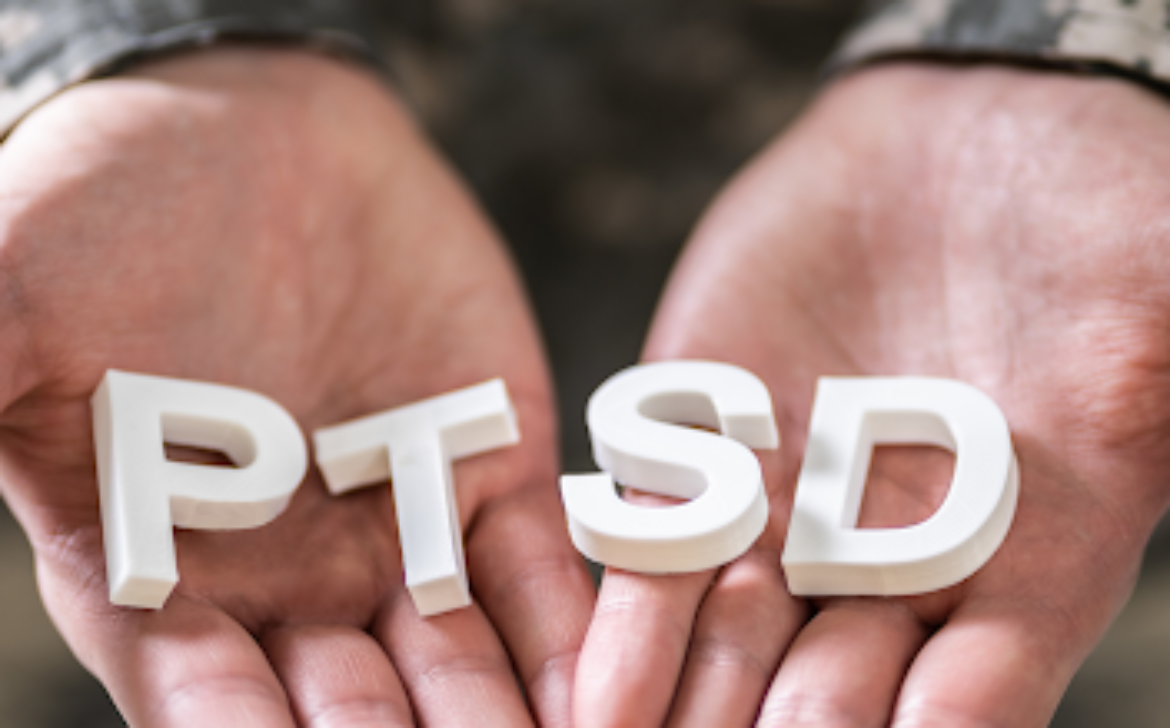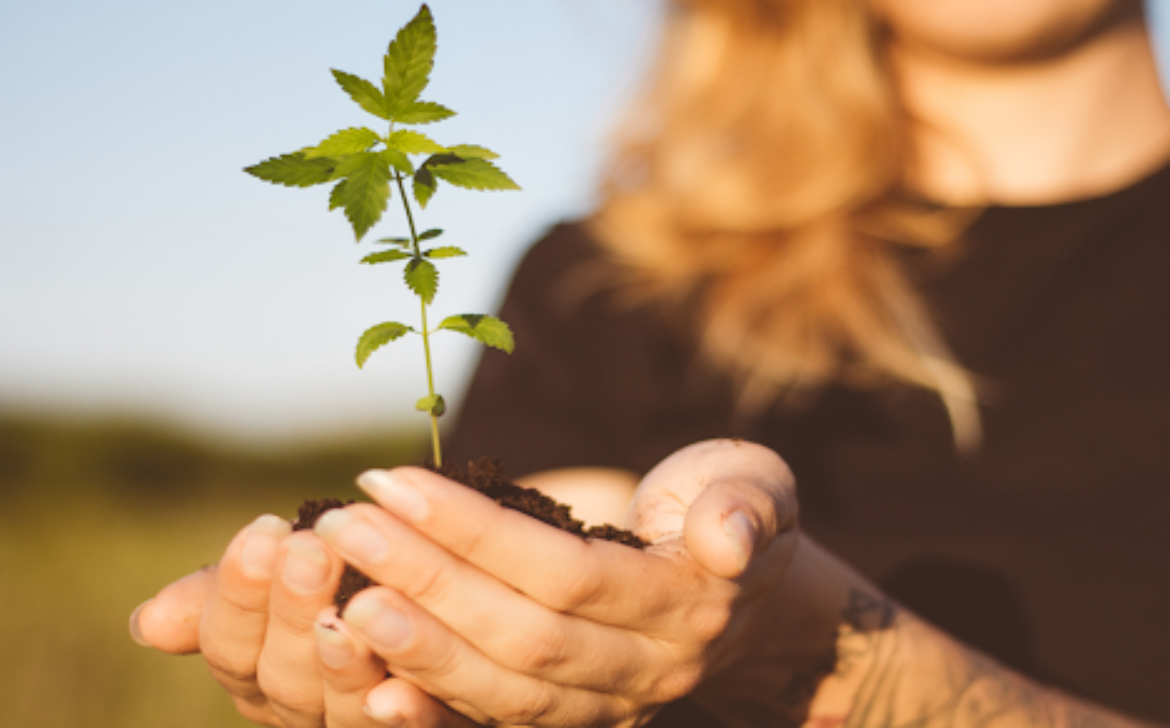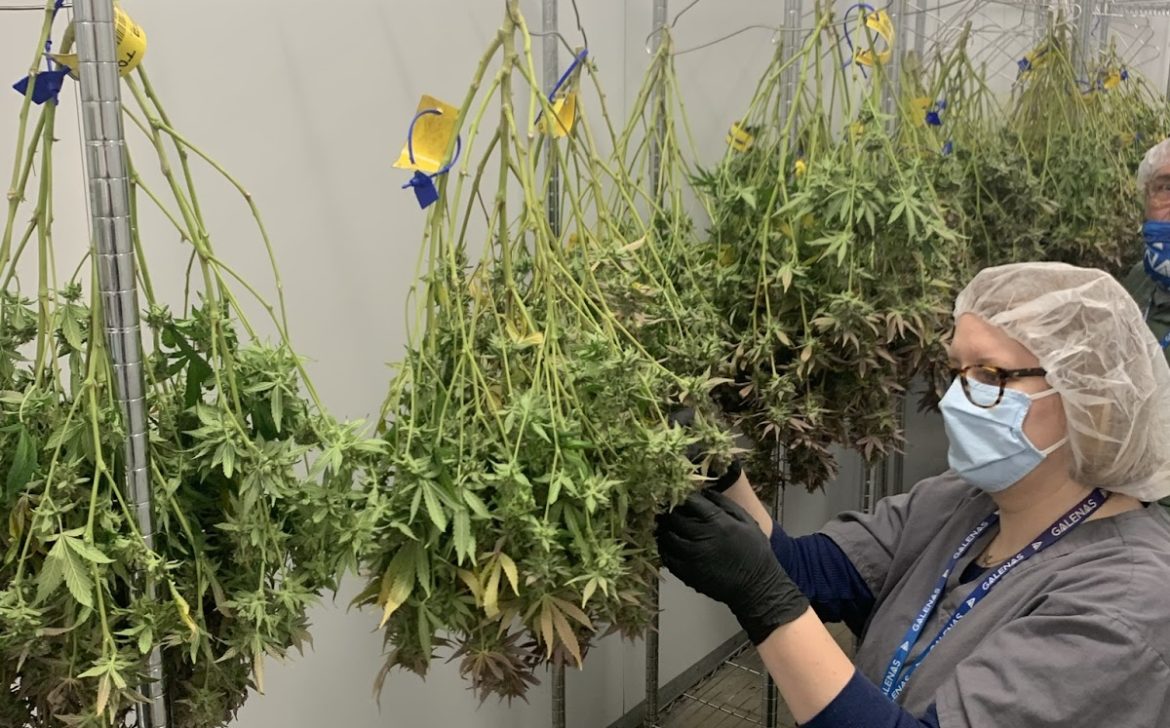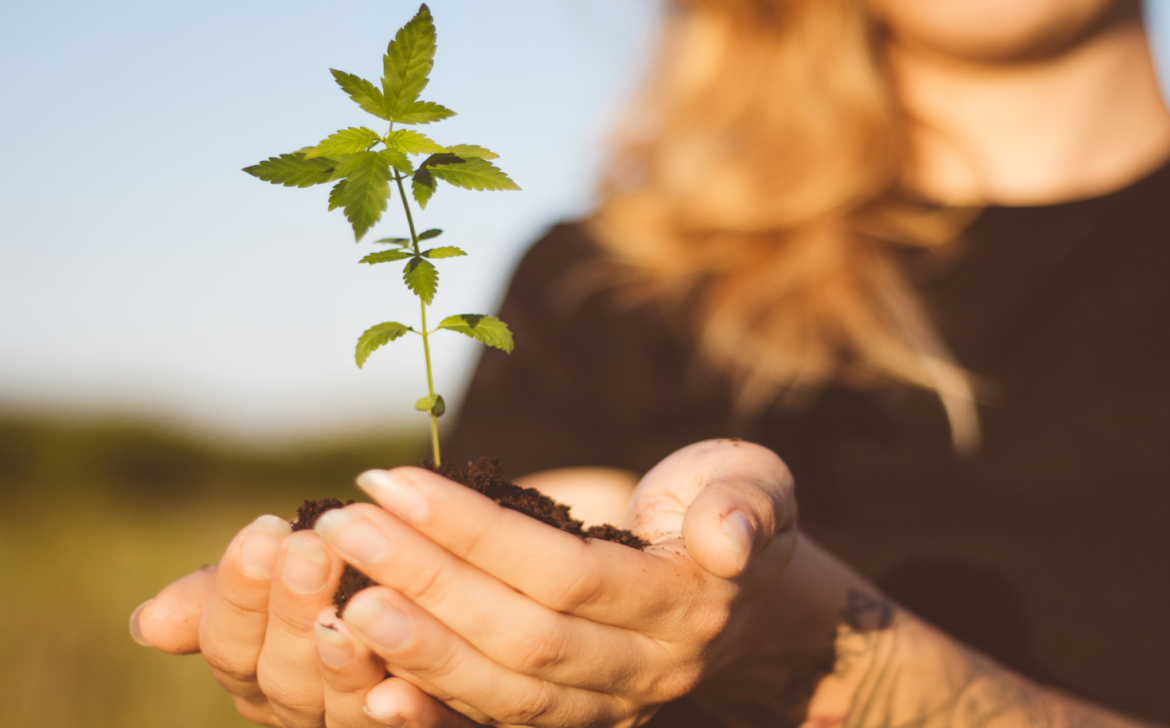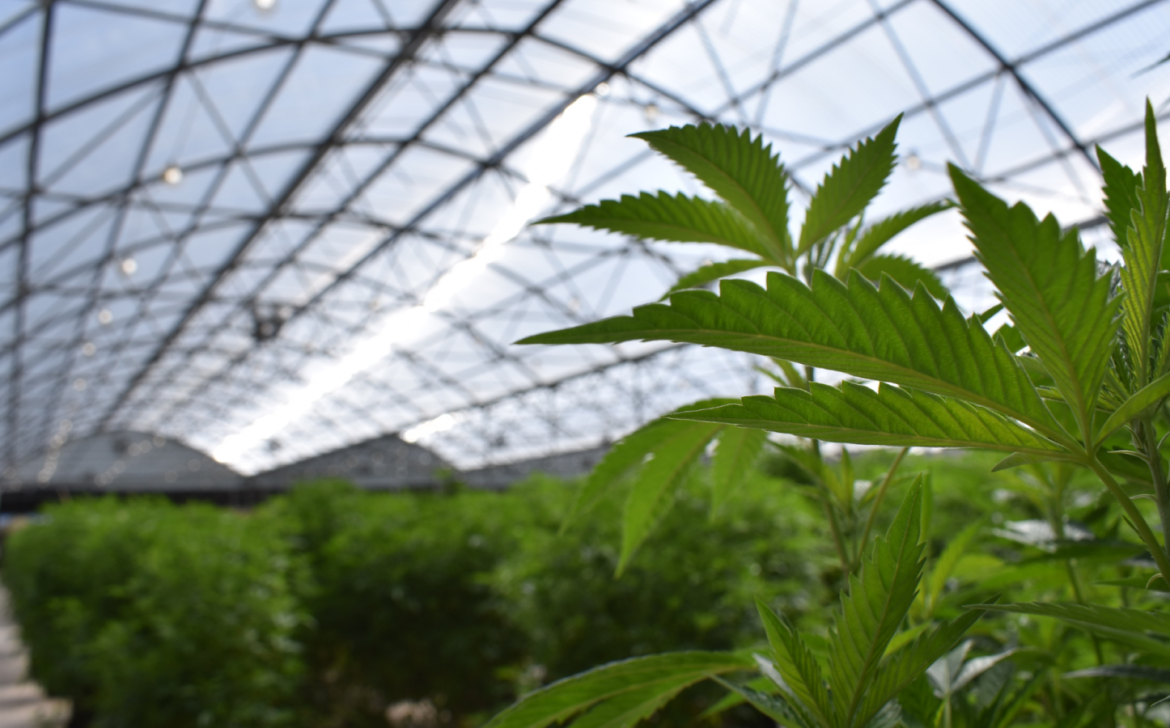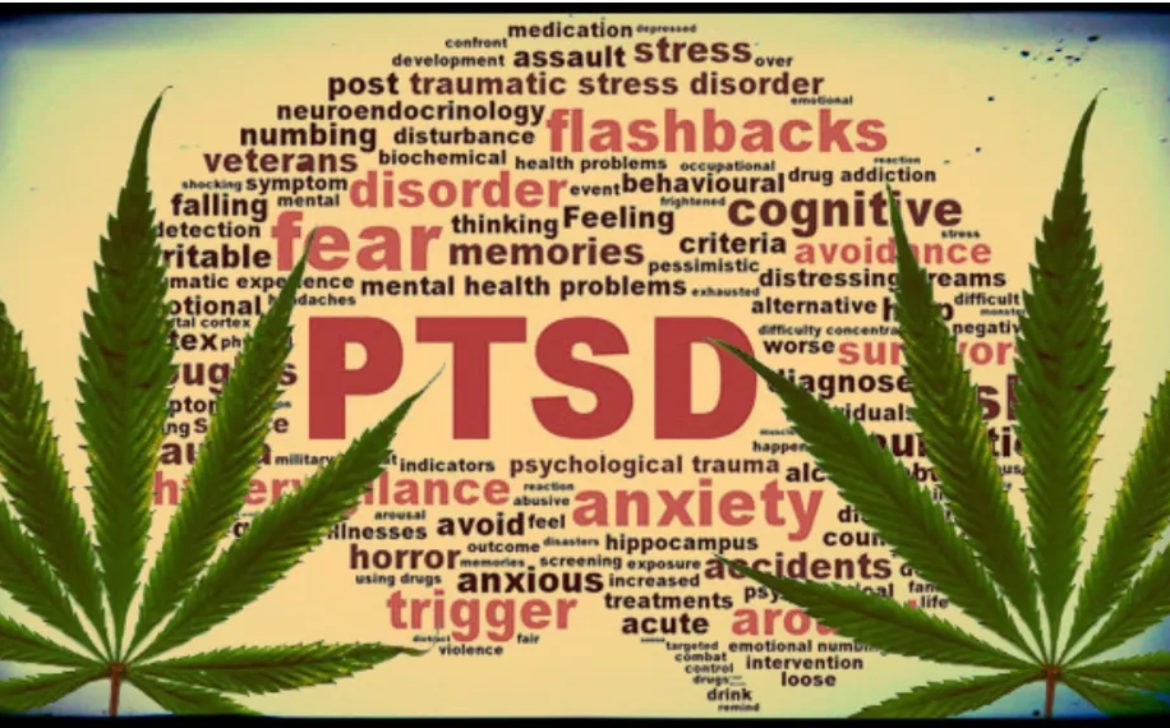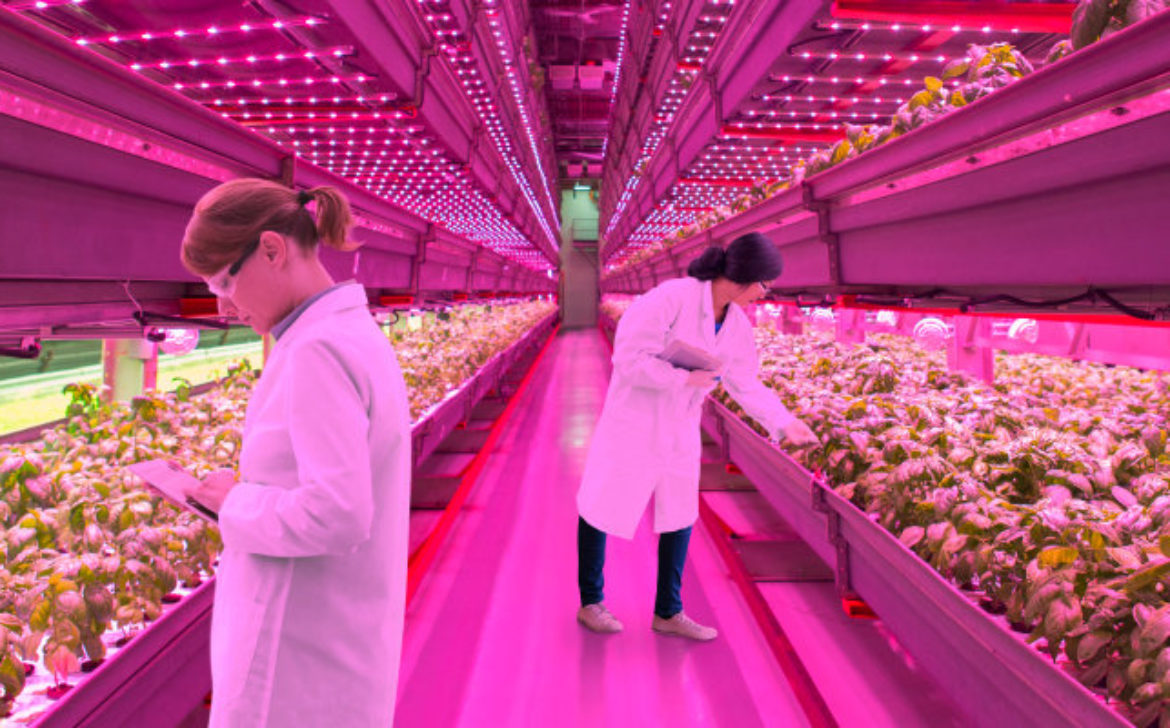Back-to-School Blues? Strain-Specific Help for Parents and Teachers
With over a year of Covid under our belt and enjoying a not-quite-back to normal summer, getting in the groove for the beginning of the school year can be challenging.
For some, the adjustment to the school schedule is exhausting. The change in sleep schedule can cause restless nights and feeling tired and unmotivated in the morning. For others, it’s more difficult to muster the creativity to plan educational and engaging lessons which may need to be flexible enough to be taught virtually, should the need arise. The ever-changing rates of Covid and the protections and restrictions that go along with it are enough to cause anybody stress. Choosing the right strain can help alleviate all of these obstacles to having a great start to the school year.
Chill with soothing indica strains
Are you having a hard time winding down in the evening? Do you wake up through the night, causing you to feel tired in the morning or throughout the day? Choosing a good indica strain will help you get that much needed sleep.
High-THC strains like Gelato are a good option for quick relief of pain or insomnia. Granddaddy Purp and Sunset Sherbet both have a calming effect that make them great choices for winding down after a hard day at work.
For a more sedating effect, Girl Scout Cookies, 9lb Hammer and many of the Kush strains have the ability to relax the body and lull even the most stubborn insomniacs into slumber. Getting a good night’s sleep is critical to overall health. The well-rested individual is mentally sharper and ready to face the day. But what about when we need a little boost to get the creative juices flowing? Sativas to the rescue!
Get energized with uplifting sativa strains
Strains pungent with terpenes like limonene, pinene, myrcene and caryophyllene such as Chemdawg, Chocolope, Sour Diesel, Tangie and nearly any of the Haze strains will provide a more cerebral effect that’s both uplifting and energizing. These strains fuel creativity and imagination. They’re a smart choice when planning and completing projects
.
“Good for the creative types who love to have a toke with their brush strokes or good for the student looking to cram for the exam.” – Schmo (referring to Purple Haze)
Combine beneficial effects with hybrids
Hybrid strains contain both indica and sativa genetics and can have the benefit of effects from both categories based on the breeding of the specific strains.
Stardawg is a sativa dominant hybrid with a strong earthy aroma that hints of pine, diesel and lemon. It’s effects are highly energizing which makes it a great choice for the weary and overworked.
Sunset Sherbet is also a great choice for an uplifting mental state combined with a relaxing effect on the body. It will help with physical fatigue while still providing motivation to finish the day.
Other options for your consideration
Inexperienced users may prefer using a THC/CBD combination which can provide relief from anxiety with the ability to focus and a less intense sedating effect than high THC strains. When choosing a strain specifically for anxiety, it might be useful to select a low-THC, CBD dominant strain like ACDC, Lifter or Charlotte’s Web.
Whatever your choices are, it’s always wise to remember to take the time to get basic details about the strains you buy. Ask your local budtenders questions. Download informative apps and search websites like https://www.leafly.com/ for information about the strains that are available.
Make educated decisions based on not only the percentage of cannabinoids present but also the terpene profile best suited to your specific desired result.
Choose your strains wisely and get ready for a great start to the school year! Healthy parents and teachers create healthy learning environments for their children and students. Let’s get rested and get ready, it’s time for school!





